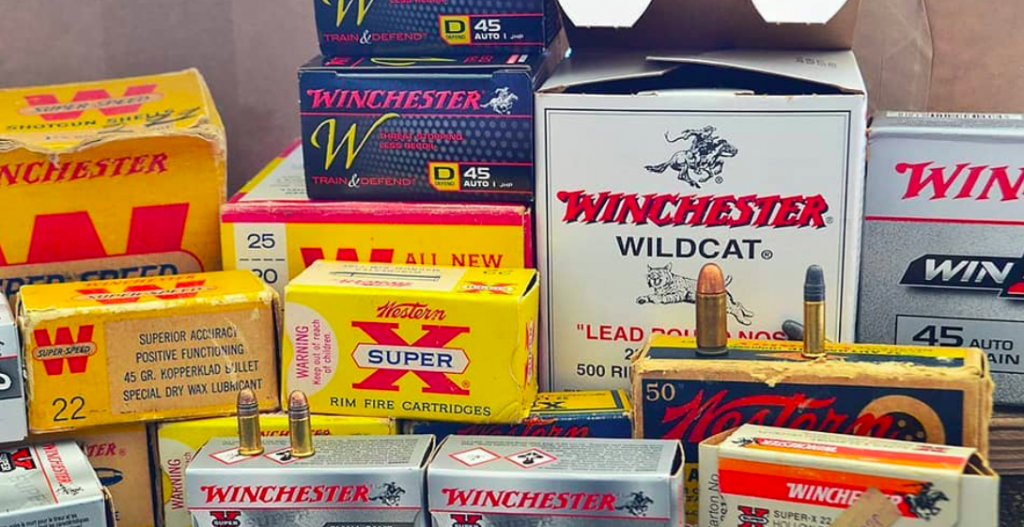Winchester’s EBDITA fell 30.9 percent in the third quarter ended September 30 as sales dropped 5.3 percent according to the ammunition maker’s parent, Olin Corp.
EBDITA in the Winchester segment reached $15.2 million, a decrease of $6.8 million from the third quarter of 2017.
Income before taxes fell 40.1 percent to $10.3 million from $17.2 million. Sales to $174.0 million from $183.8 million a year ago.
John Fischer, Olin’s chairman, president and chief executive officer, said on a conference call with analysts that the EBDITA decline for Winchester was attributable to higher commodity and other material costs of $4 million, lower commercial volumes and pricing of $5 million, partially offset by lower operating costs of $3 million.
Year-over-year third quarter commodity and other material costs increased by $4.2 million. During the first nine months of 2018, commodity and other material costs for Winchester increased approximately $18 million as compared to the first nine months of 2017.
“We now expect overall 2018 commercial demand to decline by approximately 20 percent, which follows a 17 percent decline in commercial demand in 2017,” said Fischer of the Winchester segment. “While we have confidence that ammunition usage at the consumer level has remained strong, we believe consumers are continuing to reduce their personal inventories. The fourth quarter has historically been the weakest ammunition demand quarter, and as a result we expect that there will be a normal, sequential decline in fourth quarter results as compared to the third quarter.”
For the nine months, sales were $510.8 million against $515.8 million.
Winchester’s principal manufacturing facilities produce and distribute sporting ammunition, law enforcement ammunition, reloading components, small caliber military ammunition and components and industrial cartridges.
Companywide, Olin saw strength in the company’s chemical products segment that helped the company delver earnings that beat Wall Street estimates by 43 cents a share. Earnings nearly increased four-fold to $195.1 million, or $1.16, from $52.7 million, or 31 cents, a year ago.
On an adjusted basis, EBITDA improved 50 percent to $398.3 million from $265.5 million a year ago. The latest year excludes restructuring charges of $3.3 million, information technology integration and other costs of $9.6 million and $88.5 million of insurance recoveries for environmental costs incurred and expensed in prior periods, net of related legal costs incurred in 2018.
Sales in the quarter rose 20.4 percent to $1.87 billion beating estimates by $70 million.
Fischer said the quarter marked Olin’s highest adjusted EBITDA level since the acquisition of the DowDuPont Chlorine Products businesses in 2015.
Results benefited from strong operating performances by both the Chlor Alkali Products and Vinyls and Epoxy businesses as well as improved chlorine, ethylene dichloride and other chlorine-derivatives pricing. The chemical business includes chlorine and caustic soda, vinyls, epoxies, chlorinated organics, bleach and hydrochloric acid.
Fourth-quarter 2018 adjusted EBITDA, however, is forecast to decline from the third quarter levels due to seasonally weaker demand for chlorine derivatives, epoxy resins and commercial ammunition; higher ethylene costs, due to increased ethane pricing and lower caustic soda prices.
Olin lowered the company’s forecast for 2018 adjusted EBITDA due to increased ethane prices of approximately $25 million, lower expected caustic soda pricing of approximately $45 million and lower Winchester results due to decreased commercial ammunition demand of approximately $15 million.
Olin now expects EBITDA to be $1.26 billion, down from $1.3 billion previously. Full year 2017 adjusted EBITDA was $944.1 million.
Image courtesy Winchester
















